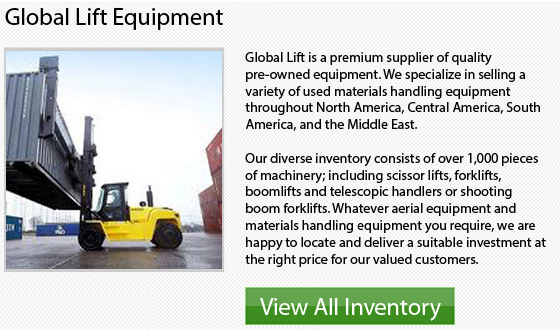
On the market today are lift trucks that are classed in 7 different classes. Classes 1-4 comprise lift trucks that are engineered specifically to operate on smooth indoor surfaces. They could be selected for particular factors of recycling that happen in those kinds of settings. For more rigorous outdoor recycling operations, Class V and VII forklifts are normally utilized.
Numerous companies have some or all of their applications outside and have to handle workloads considered extreme. Their lift truck selection will gravitate toward Internal Combustion machinery in Class VII and Class V. These units work really well in any weather and have enough power to run heavy items during the course of a shift.
Using a lift truck safely is a different important factor to take into account. Knowing and acknowledging the center of gravity is vital when driving a forklift, specifically when traveling on uneven terrain. Knowing the stability triangle in these tough work conditions is imperative as well.
Warehouses, manufacturing operations, and the supply area for many textile firms could have various kinds of reach trucks. Utilizing a reach truck to store finished goods on pallets, a range of materials and other pieces of machinery is common. These types of machines truly help to keep a facility organized and allow them to utilize the maximum amount of area by stacking vertically. Reach trucks are fairly easy to use. They could help make better use of both available storage space and time.
It is highly recommended to buy a brand new lift truck if you are going to need the forklift for 4 to 8 hours a day. With such continuous use, the warranty alone can come in handy. If, however, you are only unloading and loading on a bi-weekly basis or not very often, then a used unit may be suitable for your requirements. Each situation is different and you must evaluate your personal requirements prior to selecting a suitable machinery.